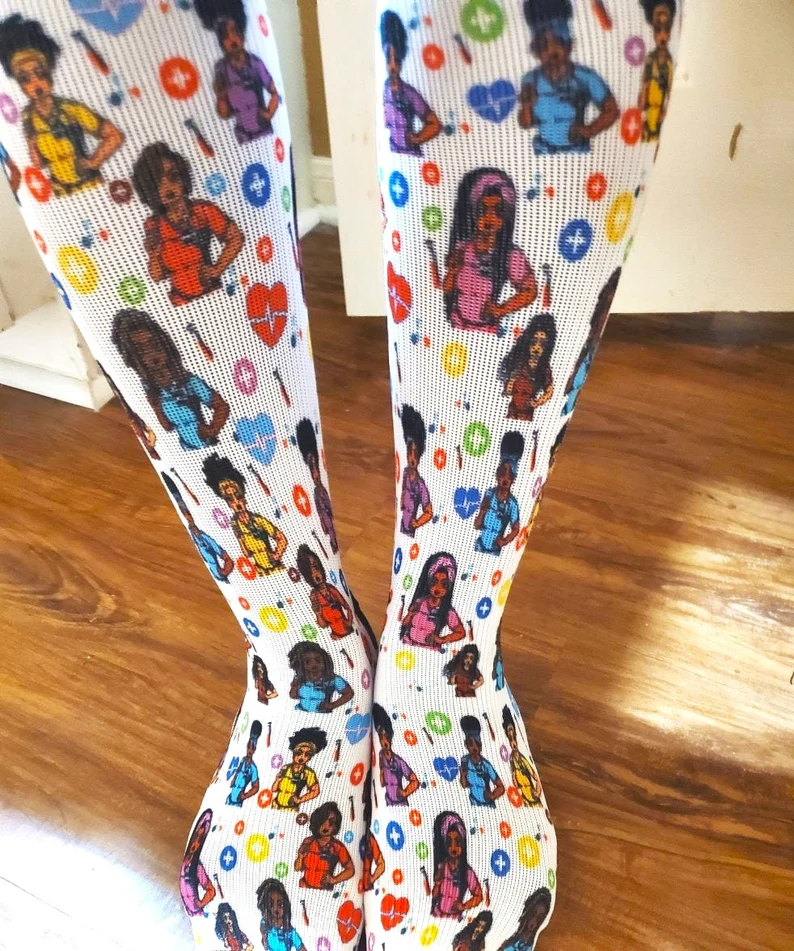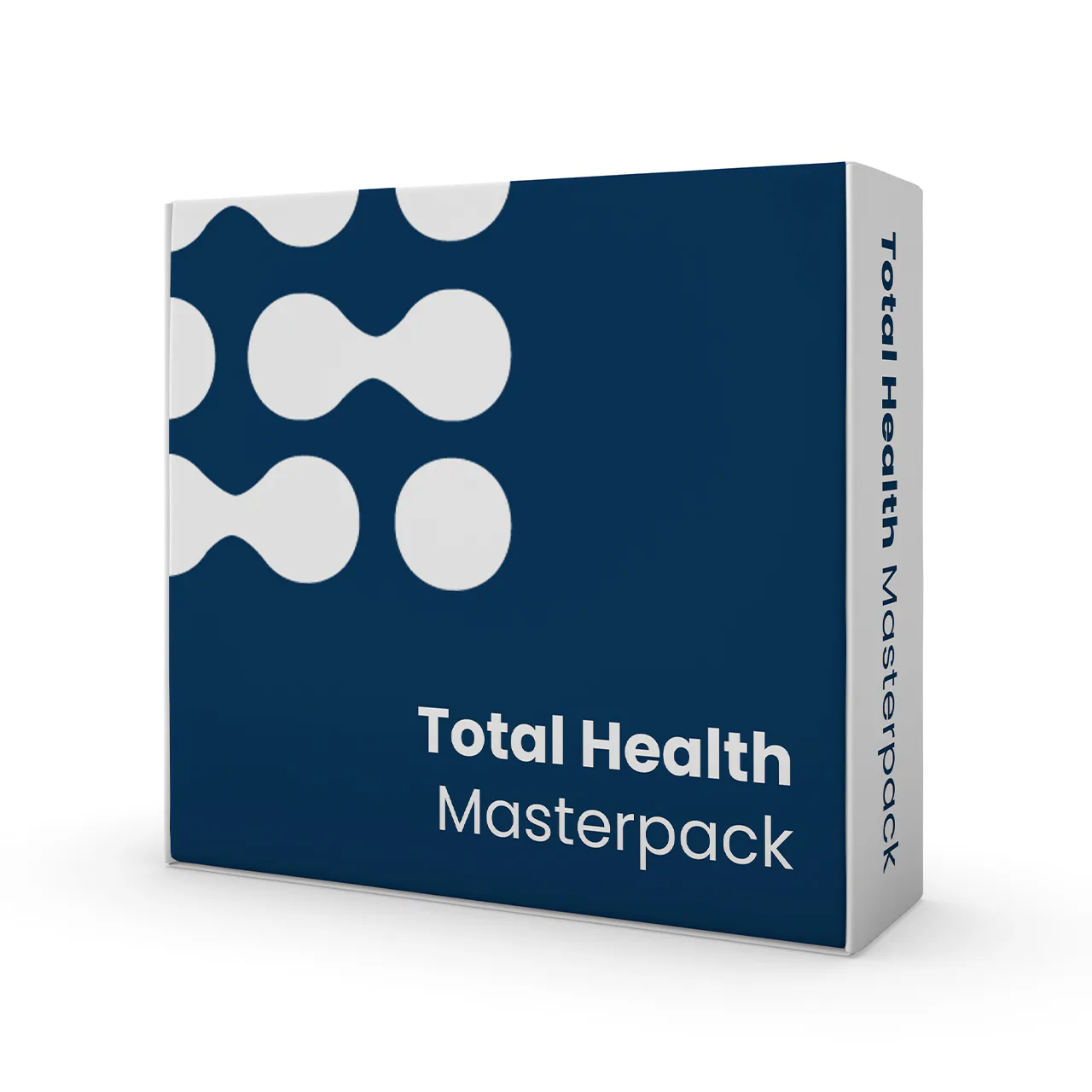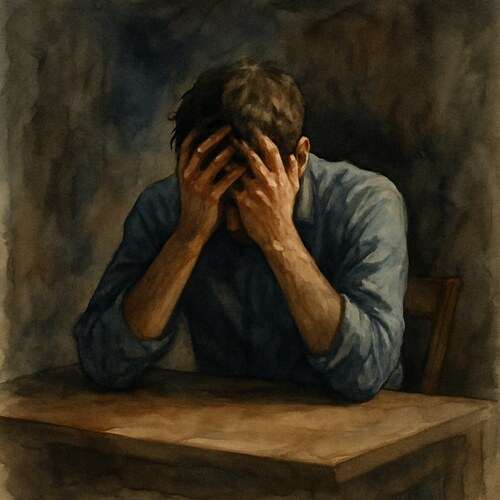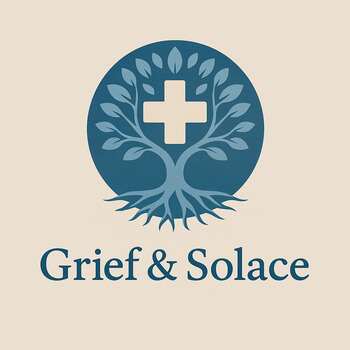Grieving Postural Orthostatic Tachycardia Syndrome (POTS): When Standing Still Becomes a Battle
Grief tied to POTS hides in the simple things, watching someone faint, stumble, and fight just to do what used to come without thought.
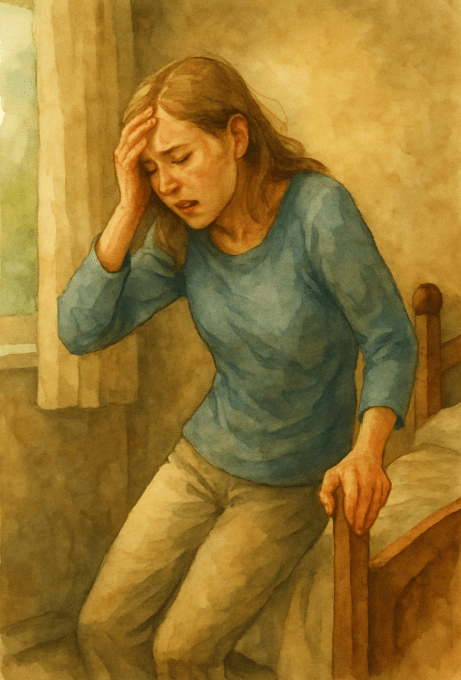
This post blends real grief with grounded knowledge. It isn’t clinical. It isn’t distant. It’s meant to sit beside you—not above you. The story you’ll read is meant to reflect what so many feel when living through or witnessing this condition: confusion, exhaustion, and quiet forms of courage.
If what you read feels familiar, please speak with your doctor. Your pain deserves more than silence.
She Could Conquer Anything...Except Her Own Heartbeat
She was the type of girl who ran toward everything…soccer practice, spontaneous road trips, and late-night dance routines in the kitchen. She lived as if the world couldn’t catch up with her.
Then one day, it did…
She stood up too quickly, and the room spun. No big deal…everyone gets dizzy now and then, right? But then it happened again. And again. And again.
Then came the fatigue. Not the typical tired…a hollowness, as if her bones had been scooped out and replaced with sand. Following that, her heart raced. Nausea followed, and suddenly, walking to the bathroom felt like scaling Everest.
🧠 Symptoms:
– Chronic fatigue
– Dizziness upon standing (orthostatic intolerance)
– Rapid heart rate increase (>40 bpm when standing)
– Headaches, nausea, abdominal pain
– Sleep disturbances
– Depression and anxiety
– Functional impairments in school, social life, and physical activity
At first, the doctors were baffled. Some attributed it to dehydration. Others suggested anxiety. One even dismissed her concerns, calling her “a dramatic teenager.” But deep down, she knew her body wasn’t lying.
Eventually, someone listened…a tilt table test, a spike in heart rate, and the diagnosis came: Postural Orthostatic Tachycardia Syndrome. POTS. It sounded made up, but it was all too real…it was now her reality.
Salt pills, compression socks, and water bottles lined up like armor became her new companions. Her heart refused to cooperate whenever she dared to stand up. And with this came an overwhelming sense of grief.
She missed the homecoming dance because she couldn’t remain upright for more than ten minutes; she missed classes and birthdays, missed being the girl who could say “yes” without hesitation. She didn’t speak about the guilt—the way she watched her friends carry on without her or how people’s expressions changed when she mentioned the word “chronic.”
Complications:
– School absenteeism and academic decline
– Social withdrawal and isolation
– Functional disability due to fatigue and pain
– Financial strain from extensive medical care
– Chronic psychological distress
– Reduced quality of life
Causes:
While the exact cause of POTS remains unclear, possible contributors include:
– Autonomic nervous system dysfunction
– Hypovolemia (low blood volume)
– Deconditioning (loss of physical fitness)
– Neurological or autoimmune triggers
In adolescents, it often co-occurs with chronic fatigue, poor sleep, and psychological distress.
It’s challenging to explain a disease that doesn’t appear to be one.
She began to live horizontally, doing homework from her bed and crafting dreams that included chairs, stools, and escape routes. She learned that bravery now meant resting instead of running.
Her parents tried their best, but sometimes they hovered a bit too closely, while at other times, they seemed too far away. No one knew how to navigate the fine line between helping and hovering.
Yet, she persevered…
Even when her vision blurred, even when the palpitations hit like thunder beneath her skin, even when it felt like her body had betrayed her while no one else seemed to notice, she kept going.
She remained kind and curious, continuing to fight for the right to be believed. She realized she could still conquer anything…just not by standing up too fast. And that, in itself, was a different kind of strength.
She didn’t need pity…she needed people who noticed her before she fell and still stood beside her when she couldn’t rise.
Risk Factors:
– Female adolescents (most common)
– Preexisting anxiety or depression
– Poor sleep habits or prolonged inactivity
– Recent illness or viral infection
– Family history of autonomic or fatigue-related disorders
📘 Diagnosis & Treatment
**Diagnosis**
No single definitive test exists. Diagnosis typically involves:
– Tilt-table testing to measure heart rate response to postural change
– Symptom assessment: fatigue, tachycardia, dizziness, GI symptoms
– Multisystem evaluation across pediatrics, cardiology, neurology, sleep medicine, psychology
– Exclusion of other causes: cardiac, endocrine, neurological
**Treatment**
*Nonpharmacologic Strategies*
– Hydration and increased salt intake to boost blood volume
– Exercise: start with recumbent options (rowing, cycling, swimming), progressing to upright aerobic (aim: 1 hour/day)
– Sleep hygiene: consistent routines, optimized environment
– Behavioral therapy (CBT) to manage symptoms and stress
– Postural care: avoid sudden standing, prolonged upright positions, overheating
*Medications* (when lifestyle changes are insufficient)
– Fludrocortisone: promotes fluid retention
– Beta-blockers: reduce heart rate and blood pooling
– Vasoconstrictors: improve venous return
– SSRIs: may help with blood flow regulation and mood symptoms
*(Note: evidence is limited; use cautiously)*
*Rehabilitation*
– Multidisciplinary programs emphasizing function over symptom elimination
– Focus on coping skills, psychological support, promoting independence
– Tapering unnecessary meds, managing stress
**Living With It**
POTS whispers, not shouts. One moment you’re upright—then the room tilts. For teens, it often feels like being left behind. Friends dance—while you spend days in clinics. Gym class becomes impossible, and every fainting spell chips away at childhood’s innocence.
But healing is a slow rebuild. It’s breath-by-breath reclaiming. Parents learning patience without enabling. Choosing to believe that stillness isn’t surrender—it’s strength in disguise. Every small step is a victory—proof that resilience can be cultivated even in silence.
I know this is heavy, and I understand that the road ahead may feel like a tangle of loss and unanswered questions. But please hear this: you are not broken because you are hurting; you are not weak because you are afraid. You are living through something real, and survival itself is a kind of grace. You are allowed to struggle, you are allowed to hope, and you are allowed to not have all the answers today. Whatever comes next, you do not face it empty-handed; you carry every moment of love that shaped you, and that will always be enough to keep going.
🎀 Gifts to help With Postural Orthostatic Tachycardia Syndrome
🏥 Everyday Comforts for Everyday Battles
Managing Postural Orthostatic Tachycardia Syndrome often means needing a little extra help.
Sometimes it’s about restoring dignity, ease, or simply getting through the day with less pain.
These carefully chosen tools aren’t just items; they’re small bridges back to living.
This section is about finding practical support, never shame.
Compression Socks for Circulatory Support – Stability for a Body That Faints Without Warning
POTS causes blood to pool in the legs, starving the brain of oxygen when you stand. These medical-grade compression socks support circulation, reduce dizziness, and help keep blood moving where it belongs. Soft, breathable, and wearable under anything. Because some days, staying conscious is the win.
🌿 Paths to Healing Beyond the Map
Sometimes traditional medicine isn’t enough.
If you’re exploring gentle, alternative options to help with Postural Orthostatic Tachycardia Syndrome,
you might find comfort in plant-based compounds like **CBD or CBG**.
*This section is not medical advice, just a door left open.*
USA Medical Total Health Master Pack – Support for the Nervous System That Overreacts to Standing
POTS isn’t just a heart rate issue—it’s fatigue, brain fog, sleep disruption, and anxiety from constantly compensating. This Total Pack offers CBD, stress relief, and gentle immune support to calm the system between flares. It won’t stabilize your vitals—but it might help your body feel less like it’s always under siege.
Need a Different Path Forward?
Every journey through grief looks different. Choose the next step that speaks to where you are now:
When You're Ready to Start Healing
Healing doesn’t mean forgetting.
It means finding small ways to carry your grief with strength and grace.
These are the stories, tools, and gentle steps to begin walking forward…at your own pace.
When You're Still in the Thick of It
Sometimes healing feels like a lie.
If you’re not ready to move on…if the pain still roars louder than the world wants to hear…this is the place where you’re allowed to feel it.
No sugarcoating. No pretending. Just truth.
When You're Holding on to Who’s Still Here
Grief reminds us to love louder.
If someone you love is still with you, this is your place to celebrate them, honor them, and create new memories while there’s still time.
Joy and sorrow can live side by side.

